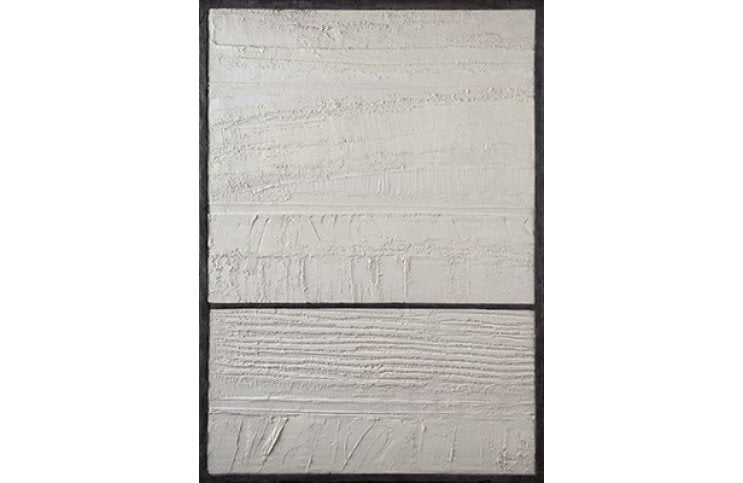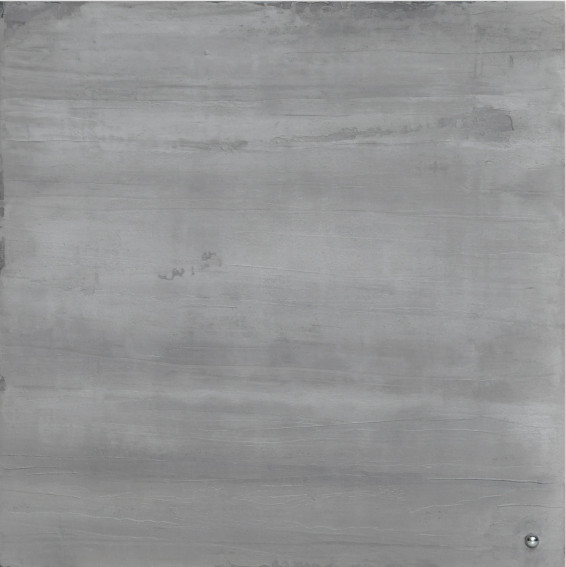
What is Abstraction? A Journey to Antarctica - by Pierre Auville
As the 20th Century was just dawning, explorers unveiled two new continents: Antarctica and Abstract Art. Coincidentally both terms appear to relate to each other - Ante Artica: the land before the art, a vast whiteness forever free of human presence; Abstract art: an art freed from any objects, figures, forms and colours.
What Is Abstraction? A Journey to Antarctica
Decades before these discoveries, a few pioneers had incorporated abstract techniques. Several masterpieces by JWM Turner were genuinely abstract. He employed an indistinctness within his art, but ultimately added some recognisable objects to make his work acceptable to the public at that time. Whistler also touched on abstraction, but he did not accept that public and critics found a ‘nothingness’ in his work. Meanwhile, several explorers – Weddell, Bellinghausen and Dumont d’Urville - had sailed close to Antarctica, but had little idea about what they had stumbled upon.
In the early 1910s, Wassily Kandinsky was given credit for creating the first, truly abstract painting, even though many other painters could equally have been awarded that accolade. At the same time, in 1911, Amundsen reached the South Pole; then in 1918, Malevich created White on White, considered as the first monochrome in the history of arts. One could question whether white is really an abstraction for a Russian painter living in a snowy landscape, torn by the civil war between the Whites and Reds.
However, the urgency for this first generation of abstract painters was to draw the maps of their own artistic ‘discovery’: squares for Klee, lines for Mondrian and polar circles for Delaunay. By using simple shapes in such a way, they prompted other traditional artists, the public and critics to conclude that abstraction was neither a style nor a movement, but a new kind of language or a journey - or both together.

Pierre Auville - Z, 2014. Pigmented cement on foam panel. 100 x 100 x 7 cm.
At this point, many artists elected surrealism, cubism, Ecole de Paris and their numerous offspring. Some supported the idea that something else may exist even above and beyond Abstract Art, exploring ‘Absurd Art’, although this name is not yet widely accepted.
One had to wait until the mid-1940s and the end of the turmoil of WWII for people to return to the areas of Antarctica and Abstract Art. Jackson Pollock embodied the art settlers and Rear Admiral Richard Byrd the ice ones. Both established solid base-camps, which remained for decades the starting points of any exploration of the two new continents. There was one main difference however: Byrd knew what he was exploring, while Pollock was probably still wondering what abstraction was when he died.
There are plenty of smart academic definitions to this question; the shortest, most effective (though negative) being “abstract art is non-figurative art”.
Philosopher Emmanuel Kant (1724-1804) prophesized the possibility of Abstract Art a century before it appeared, stating: “to be is to do" - and so do IdeelArt, by presenting a selection of artists who encompass their vision of contemporary abstract creation.
Featured image: Pierre Auville - Blanc (Wake), 2014.
By Pierre Auville
About the author: Pierre Auville is a F






